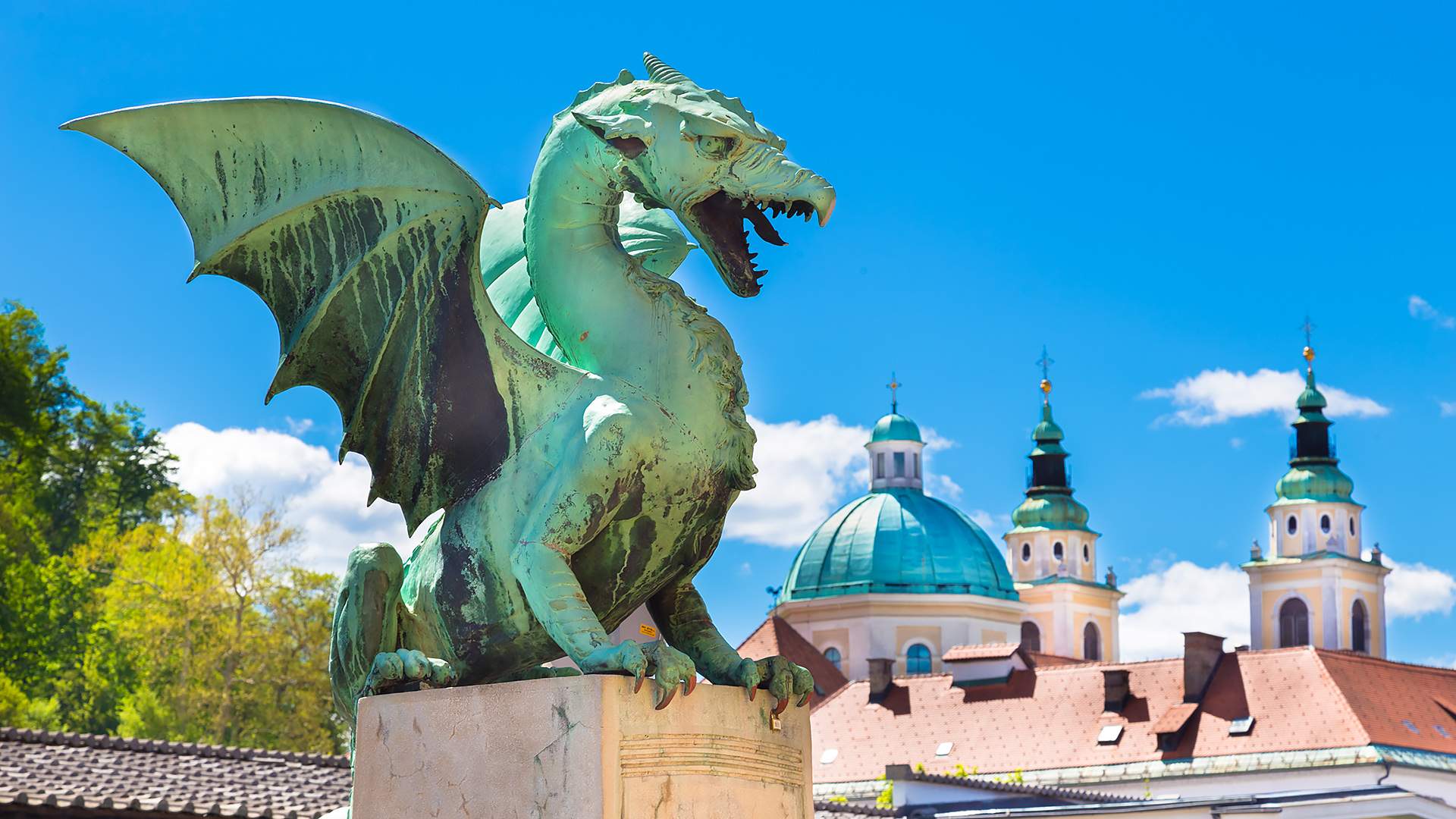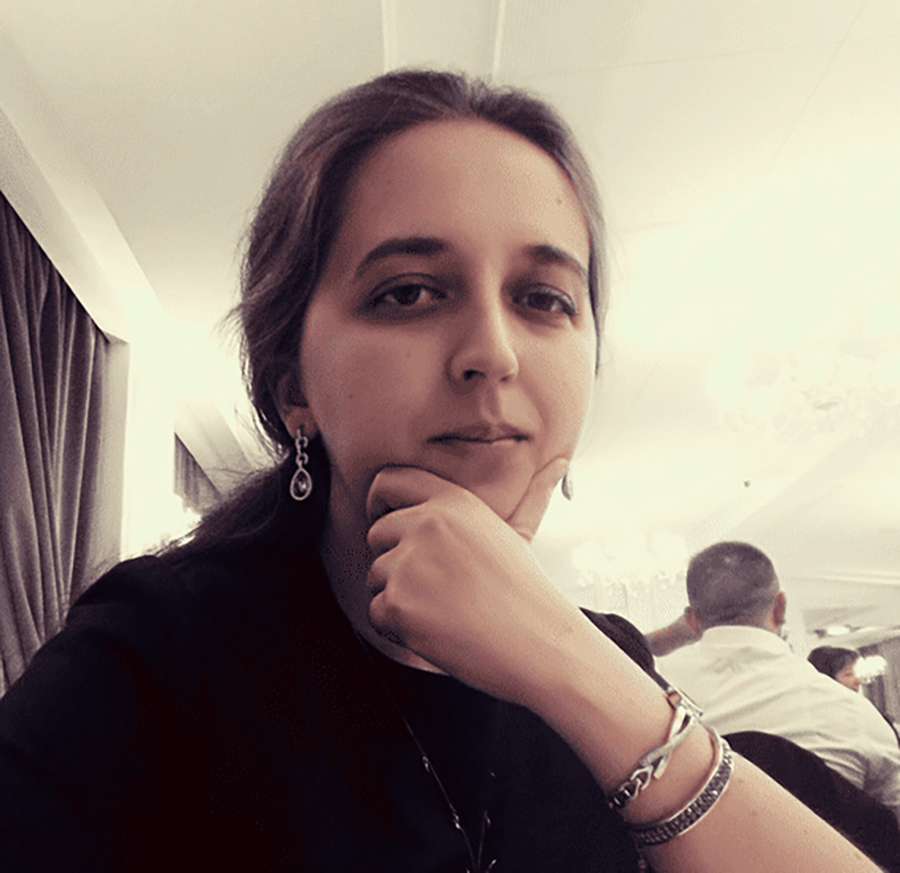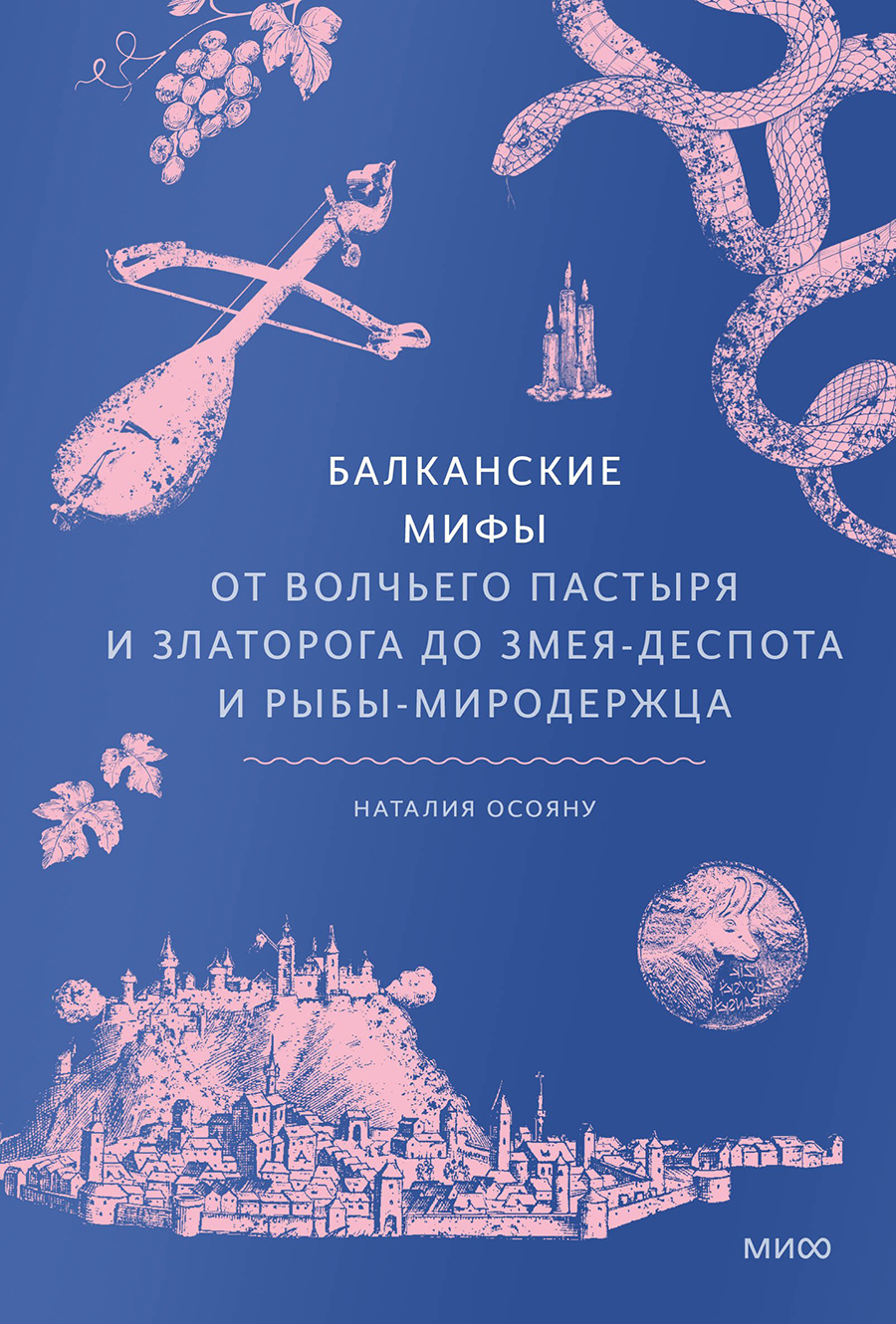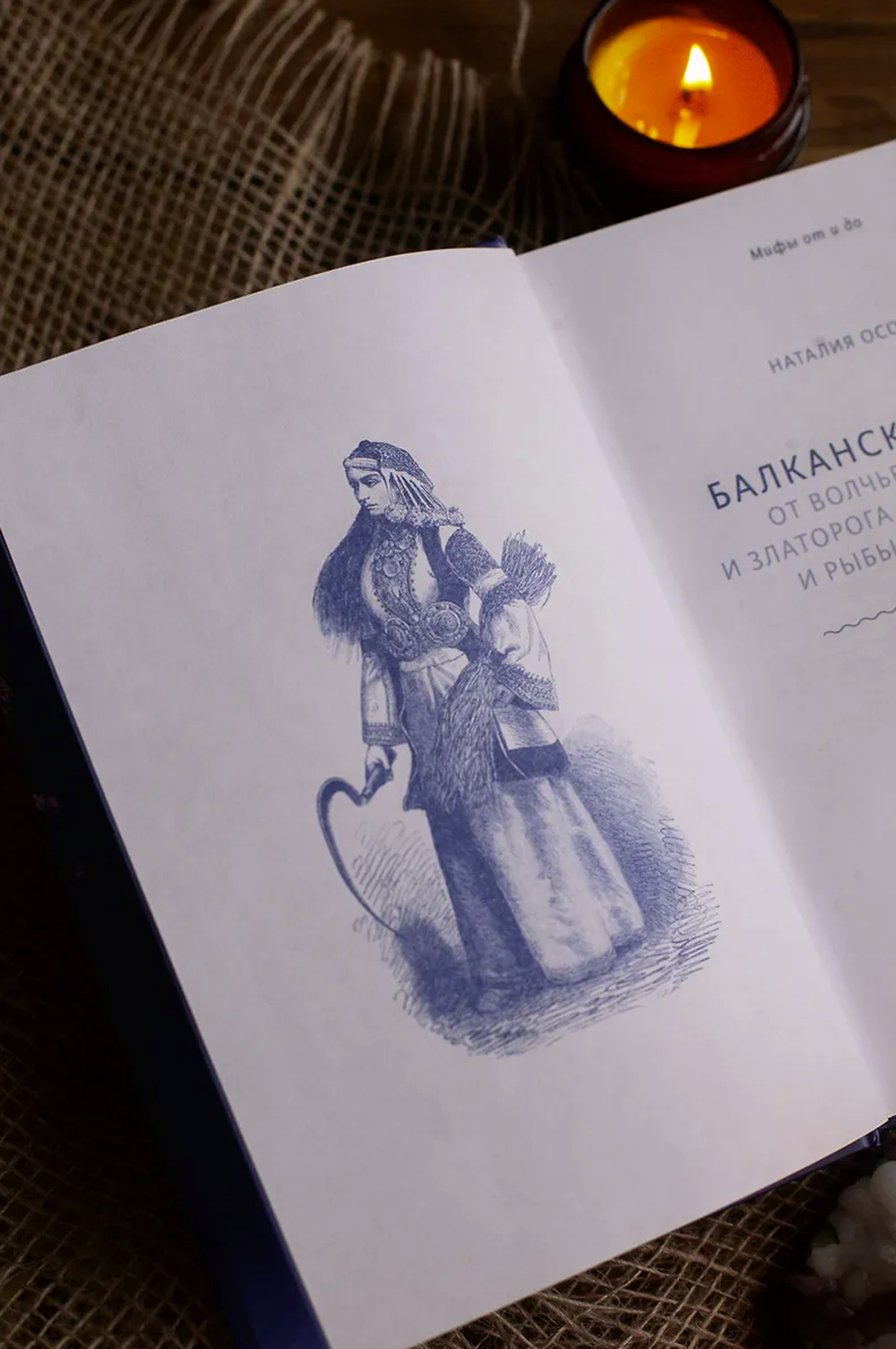- Статьи
- Culture
- From the height of a donkey's flight: what does kulshedra do when meeting with dragua
From the height of a donkey's flight: what does kulshedra do when meeting with dragua

Balkan Myths is the third book by Natalia Osoeanu, dedicated to folk beliefs and superstitions, mythical and fairy—tale characters who more or less legally live in the mass consciousness and determine the appearance of a particular culture. Critic Lidia Maslova presents the book of the week specifically for Izvestia.
Natalia Osoyanu
"Balkan myths. From the Wolf Shepherd and the Golden Horn to the Despot Serpent and the World Ruler Fish"
Moscow : MIF, 2025. 320 p.
In the preface, the author outlines the features of the work on "Balkan myths" in comparison with the two previous studies — "Romanian myths" and "Myths of Water". This shows the dual nature of the writer, who embarked on the path of folklore, myth and religious studies after she created an extensive body of fiction in the fantasy genre. For example, Osoyan's fantasy cycle "Children of the Great Storm", featuring pirates, treasure hunters, aliens and other heroes of adventure literature, is directly related to the "Myths of Water" and demonstrates a fundamental approach: to become a successful marine writer, ideally it would be good to explore everything related to the sea and get to know each other. with all the weird critters that live in it.

On the other hand, when Osoyanu performs in the non-fiction genre, a fiction writer inevitably wakes up in her, who seeks not only to share information and its analysis, but also to entertain the reader with purely literary techniques. So at the beginning of "Balkan Myths", the writer initiates her creative process — it began with the choice of an artistic metaphor that would clearly and figuratively reflect the method of the new research. Before starting to talk about the specifics of the Balkan Peninsula as a crossroads of civilizations and a bridge between West and East, Europe and Asia, Osoyan introduces one of the sweetest mythological characters that was once believed in in Dalmatia— the coastal part of Croatia. This is the demon Orko, who has the deceptive appearance of a gentle donkey, who used to fawn over tired travelers, offering them his transportation services and trying his best to be saddled. And when a gullible passerby succumbed to orco's provocations and climbed on top of him, the demon soared into the sky and left his rider to fend for himself somewhere on an inaccessible peak: on a tree, a rock or a bell tower. "Probably, the demon was having fun watching from a safe distance as the traveler was looking for a way to return to the sinful land, but the beliefs are silent about this,— Osoyanu explains the analogy. "The idea of this book, which has not yet been written, became such a demon for me: fascinated by the view of the Balkans from above, I did not immediately realize how difficult the way down would be."

Looking ahead, we can reassure the reader that the writer copes with all the twists and turns of Balkan mythological thought with dignity and eventually lands quite gracefully: starting with the idea of the Balkans as a Gordian knot (a tight and extremely intricate interweaving of cultures, traditions, religions, destinies and myths), she ends with it when she introduces into her Balkan-Slavic solitaire is a bit of an outsider, at first glance, "king" — Alexander the Great, a representative of a completely different, Greek culture. However, the mythologized figure of the great conqueror is not only geographically related to the Balkans. Being brought more in line with Christian values in such a work as "Alexandria of Serbia", it becomes an important part of a complex interweaving of cultural relationships and influences, reminiscent of the very Gordian knot that Alexander dealt with so decisively in the famous legend. Osoeanu warns cultural scientists against slashing off their shoulders when dealing with such a complex, heterogeneous and politically turbulent territory like the Balkans from time immemorial: "We have seen that even if each thread individually looks independent at first glance, in fact, at some point it weaves and merges with its neighbors, forming... No, not a shapeless knot, but a complex pattern. It is impossible to remake it, to cut it means to destroy it."
The author of the book begins to slowly pull out individual threads from this knot with the beliefs of the ancient Thracians who lived in the north-east of the peninsula and north-west of Asia Minor, and the Illyrians who inhabited the north-west of the Balkans (where Albania, Montenegro, Bosnia and Herzegovina are located nowadays). The further transformation of the mythological landscape of the region is associated with the Greek colonization, which began in the 8th century BC, then with the Roman annexation, and an even more radical shift in the spiritual situation was caused by the arrival of Christianity.: "The Christian worldview was based on a diverse, multi-layered pagan foundation of Thracian, Greek, and Roman religion, superstitions, and rituals, and gave rise to a complex folk mythology that preserves numerous relics of ancient times and cults, including rituals that still define the folklore and heritage of many Balkan countries and cultures. But, of course, this amazing mosaic will be incomplete without at least two more very important fragments — the arrival of the Slavs in the Balkans in the VI–VII centuries and the Ottoman conquest, which began in the XIV century." As one of the most original and specifically Balkan religious phenomena, it is worth noting the Bogomil heresy, to which Osoyan devotes a separate chapter.

Of course, the conversation about Balkan myths was not complete without vampires and other demonic creatures that tickle the reader's nerves no less than an insidious flying donkey. As Osoeanu notes, "knowledge about the beliefs of the Slavic period associated with higher deities is incomplete and largely represents reconstructions based on indirect evidence," but the lower, folk demonology recorded by ethnographers is a good basis "for studying the ancient mythology of the Balkans, since there are more reliable archaeological and written sources in sufficient quantity. it doesn't exist."
In the chapter on folk demonology, fans of bizarre creatures of chthonic darkness can add to their collection and vocabulary by getting to know, for example, the spectacular Albanian demoness Kulshedra, a "huge creature covered with red hair with a long tail and breasts to the ground oozing with poisonous milk." The eternal male opponent of kulshedra, sometimes appearing in the form of a snake, is dragua, who uses his own cradle as a shield against her.

Talking about their permanent battle, in which dragua wins every time, but kulshedra is reborn anyway, Natalia Osoeanu goes to the level of cosmic generalizations and refers to the French anthropologist Albert Doya, who saw in this plot the eternal battle of order and chaos, life and death: "A warrior with a talisman from an amniotic bladder and a shield from the cradle, opposing a vile, poisonous creature turns, according to Doya's interpretation, into a very ancient <...> an image filled with deep meaning. With every victory, he shames not even chaos, but the inevitability of death, proving that life (in a broad sense, regardless of the fate of the individual) continues."
Переведено сервисом «Яндекс Переводчик»


